Refine listing
Actions for selected content:
2285 results in Ebooks in ecology and environment
14 - Oil and marine birds in a variable environment
-
-
- Book:
- Oil in the Environment
- Published online:
- 05 July 2013
- Print publication:
- 18 July 2013, pp 318-347
-
- Chapter
- Export citation
Part I - Introduction and background
-
- Book:
- Oil in the Environment
- Published online:
- 05 July 2013
- Print publication:
- 18 July 2013, pp 1-2
-
- Chapter
- Export citation
5 - Ancient sites and emergency response: cultural resource protection
-
-
- Book:
- Oil in the Environment
- Published online:
- 05 July 2013
- Print publication:
- 18 July 2013, pp 98-115
-
- Chapter
- Export citation
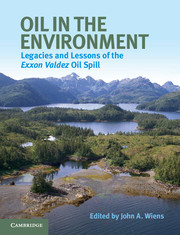
Oil in the Environment
- Legacies and Lessons of the Exxon Valdez Oil Spill
-
- Published online:
- 05 July 2013
- Print publication:
- 18 July 2013
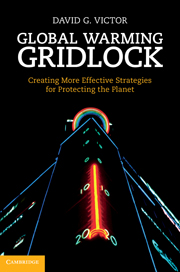
Global Warming Gridlock
- Creating More Effective Strategies for Protecting the Planet
-
- Published online:
- 05 June 2012
- Print publication:
- 10 March 2011

A Global Green New Deal
- Rethinking the Economic Recovery
-
- Published online:
- 05 June 2012
- Print publication:
- 06 May 2010
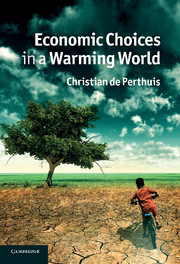
Economic Choices in a Warming World
-
- Published online:
- 05 June 2012
- Print publication:
- 10 March 2011
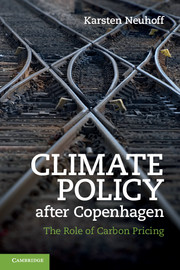
Climate Policy after Copenhagen
- The Role of Carbon Pricing
-
- Published online:
- 05 June 2012
- Print publication:
- 16 June 2011

Ending Dirty Energy Policy
- Prelude to Climate Change
-
- Published online:
- 05 June 2012
- Print publication:
- 20 June 2011
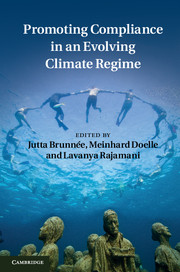
Promoting Compliance in an Evolving Climate Regime
-
- Published online:
- 05 January 2012
- Print publication:
- 08 December 2011
9 - Enforcing compliance in an evolving climate regime
-
-
- Book:
- Promoting Compliance in an Evolving Climate Regime
- Published online:
- 05 January 2012
- Print publication:
- 08 December 2011, pp 194-215
-
- Chapter
- Export citation
Index
-
- Book:
- Promoting Compliance in an Evolving Climate Regime
- Published online:
- 05 January 2012
- Print publication:
- 08 December 2011, pp 479-495
-
- Chapter
- Export citation
8 - Facilitation of compliance
-
-
- Book:
- Promoting Compliance in an Evolving Climate Regime
- Published online:
- 05 January 2012
- Print publication:
- 08 December 2011, pp 177-193
-
- Chapter
- Export citation
14 - From the Kyoto compliance system to MRV
-
-
- Book:
- Promoting Compliance in an Evolving Climate Regime
- Published online:
- 05 January 2012
- Print publication:
- 08 December 2011, pp 317-338
-
- Chapter
- Export citation
2 - Promoting compliance with multilateral environmental agreements
-
-
- Book:
- Promoting Compliance in an Evolving Climate Regime
- Published online:
- 05 January 2012
- Print publication:
- 08 December 2011, pp 38-54
-
- Chapter
- Export citation
13 - ‘Comparability of efforts’ among developed country parties and the post-2012 compliance system
-
-
- Book:
- Promoting Compliance in an Evolving Climate Regime
- Published online:
- 05 January 2012
- Print publication:
- 08 December 2011, pp 286-316
-
- Chapter
- Export citation
Abbreviations
-
- Book:
- Promoting Compliance in an Evolving Climate Regime
- Published online:
- 05 January 2012
- Print publication:
- 08 December 2011, pp xiii-xvi
-
- Chapter
- Export citation
15 - Compliance in transition countries
-
-
- Book:
- Promoting Compliance in an Evolving Climate Regime
- Published online:
- 05 January 2012
- Print publication:
- 08 December 2011, pp 339-366
-
- Chapter
- Export citation
Part I - Context
-
- Book:
- Promoting Compliance in an Evolving Climate Regime
- Published online:
- 05 January 2012
- Print publication:
- 08 December 2011, pp 15-16
-
- Chapter
- Export citation
Frontmatter
-
- Book:
- Promoting Compliance in an Evolving Climate Regime
- Published online:
- 05 January 2012
- Print publication:
- 08 December 2011, pp i-iv
-
- Chapter
- Export citation
